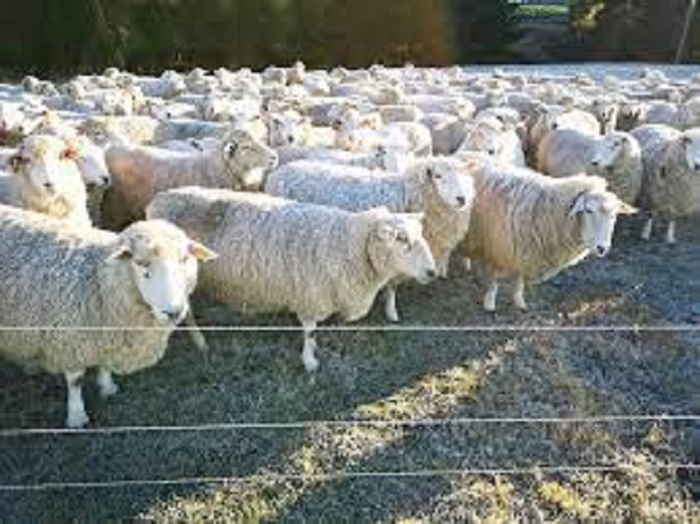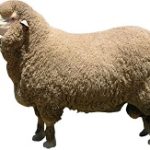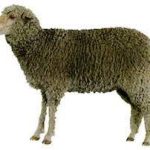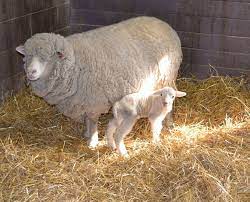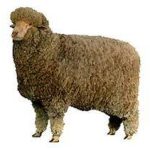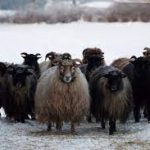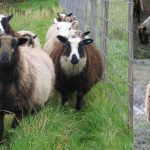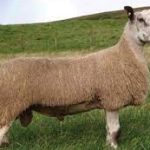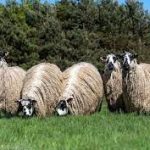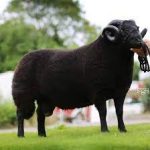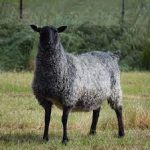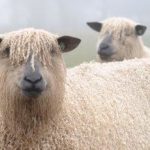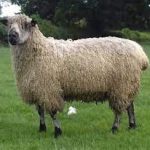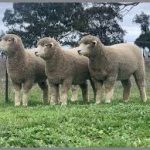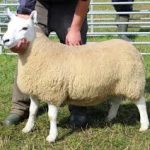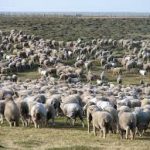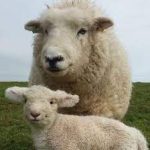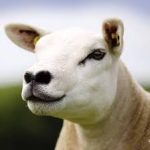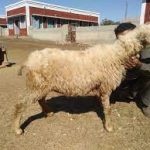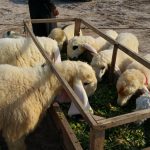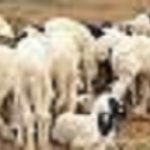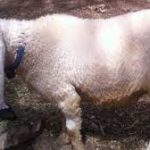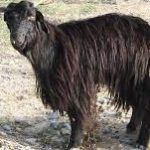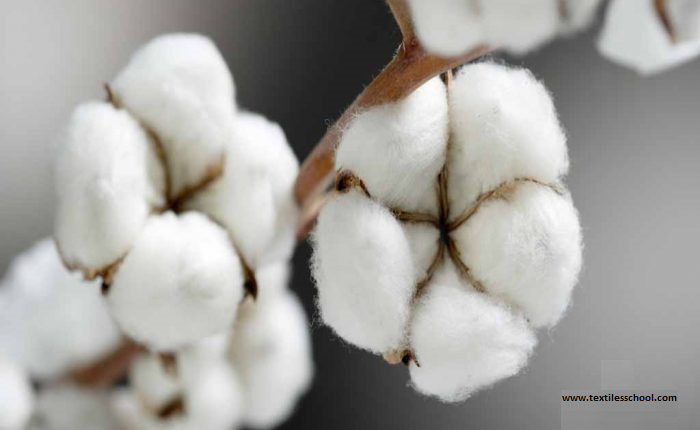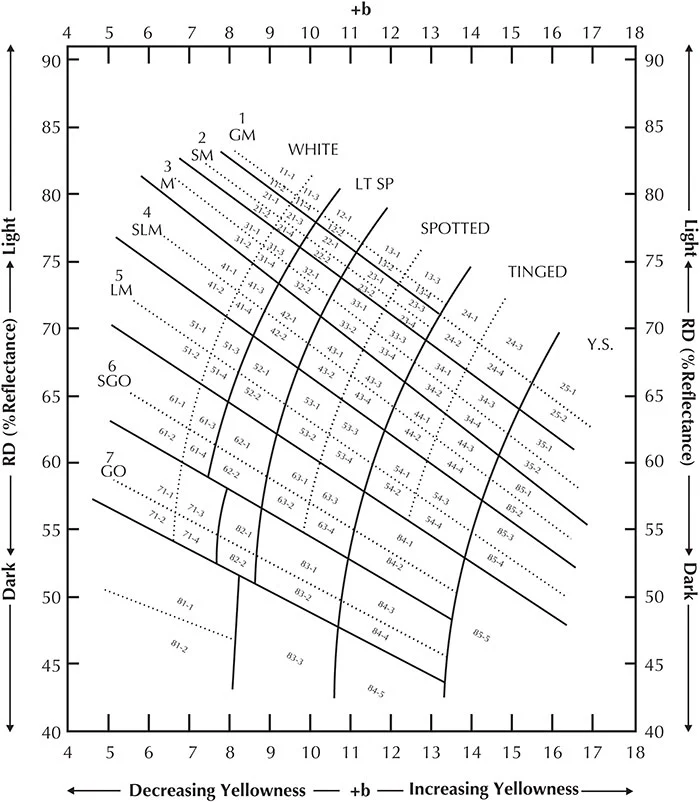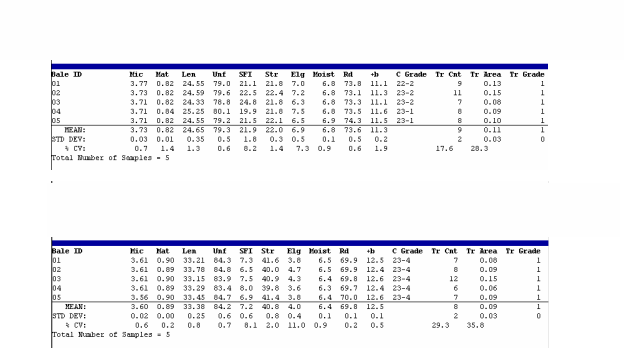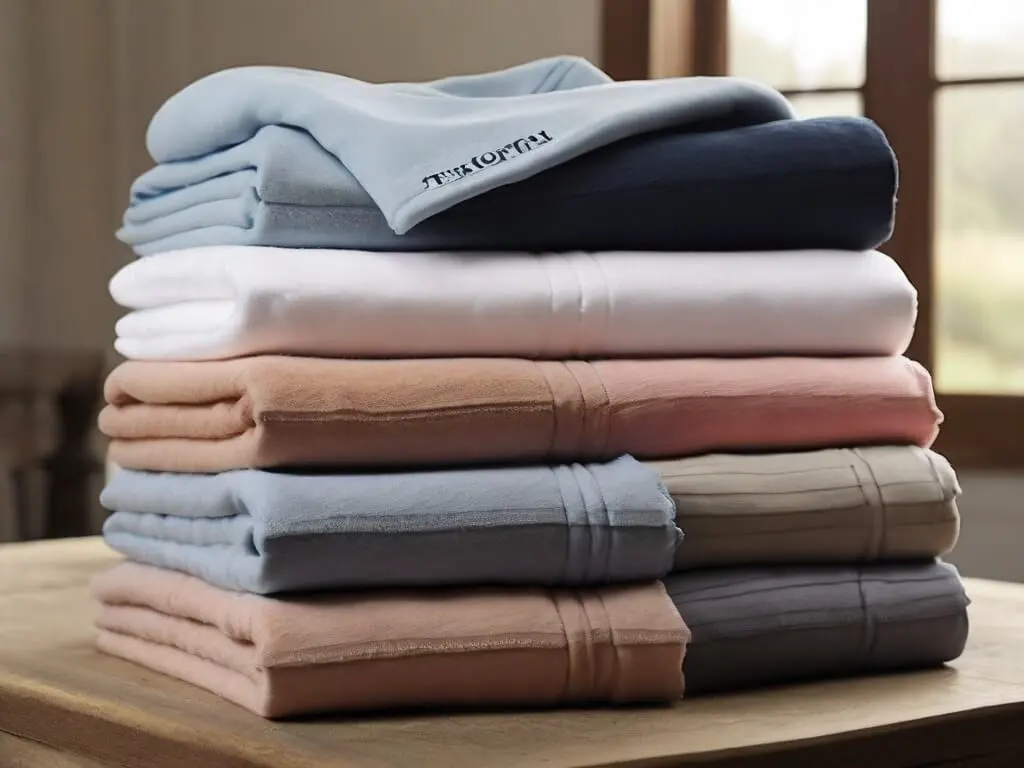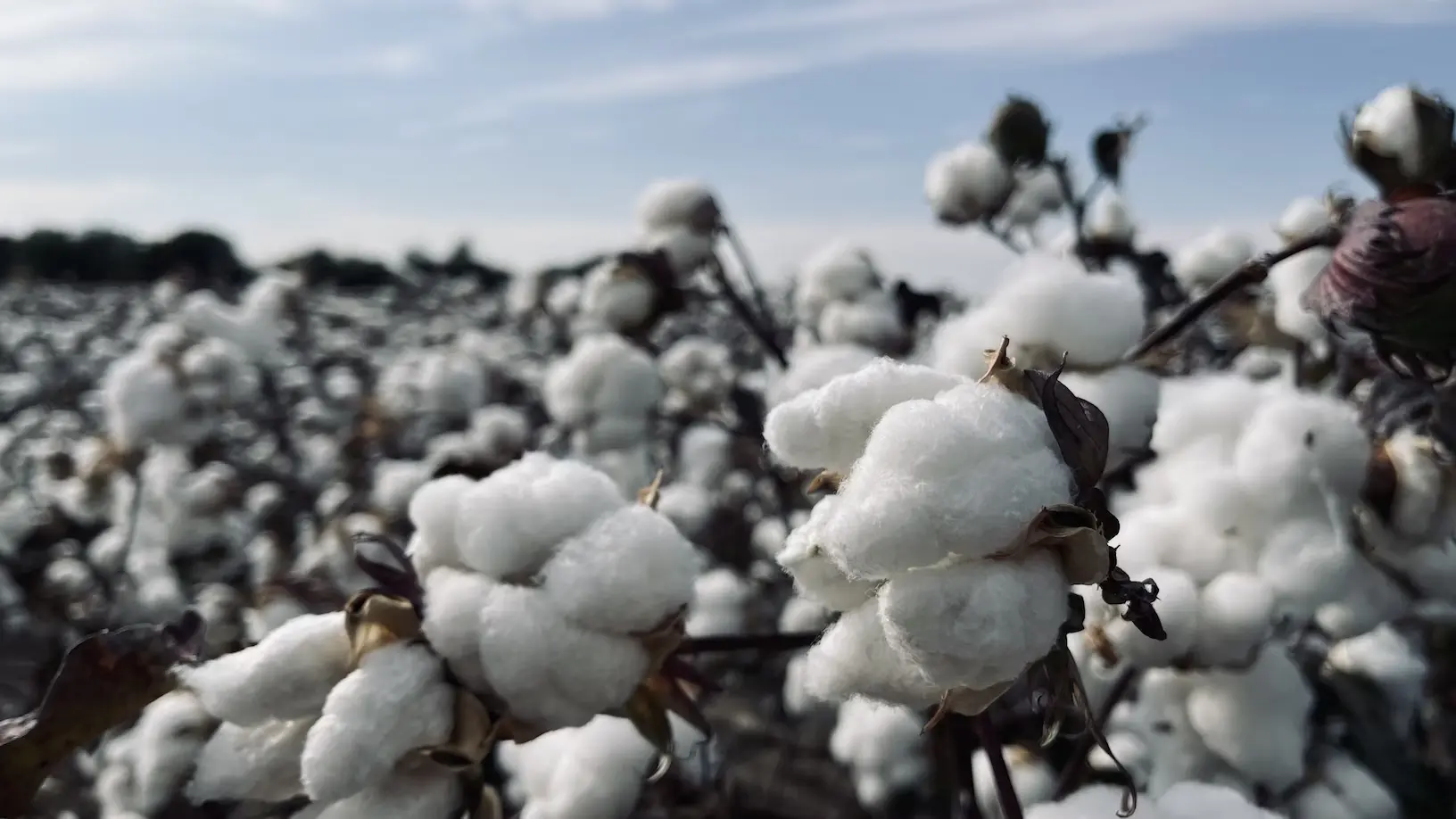Where does wool come from?
What is virgin wool and where does it come from when you think? wool is the most important natural fiber com from animal origin. Identically, it is the oldest fibers obtained from the skin hairs of domesticated sheep. So, these sheep are kept in herds. Also, the quality of wool obtained from these sheep depends upon
- Firstly, sheep breeding.
- Food
- Climatic conditions
- Lastly, the greenery of the fields
However, major wool-producing countries are Australia, New Zealand, the U.S.S.R, England, the U.S.A, South Africa, India and Pakistan. Also, the total world production of sheep is 1.2 billion producing 2.2 million tons of wool per year.
Identically, Australia’s largest produces about 350 million kilograms of virgin wool every year. i.e. one-quarter of the world’s wool. So, this makes Australia the world’s largest-producing country of fleece, followed by China, New Zealand, Russia, Argentina, South Africa, the UK, Uruguay, and Pakistan.
Furthermore, Pakistan’s sheep population is 25 million which produces 25 million kgs of fleece per year. Also, the above-mentioned countries produce 64% of virgin wool in the total production of the world fleece.
The wool used for suiting is produced in Australia, New Zealand, and the U.S.A. while Argentina, Turkey, Pakistan, India, and the U.S.S.R. produce carpet fleece only.
The first thing to remember is almost 90 percent of the world’s sheep produce fleece. Also, One sheep produces from 1 to 14 kilograms of wool annually. One sheep’s wool is called a fleece, and further many sheep are called a clip.
World wool breeds
Obviously, there are hundreds of varieties and breeds of sheep in the world. Furthermore, the classification of the breed is based on the fineness and staple length of fleece fibers. So, following the important fleece breeds are explained one by one,
What is the fine wool breed?
What is merino wool?
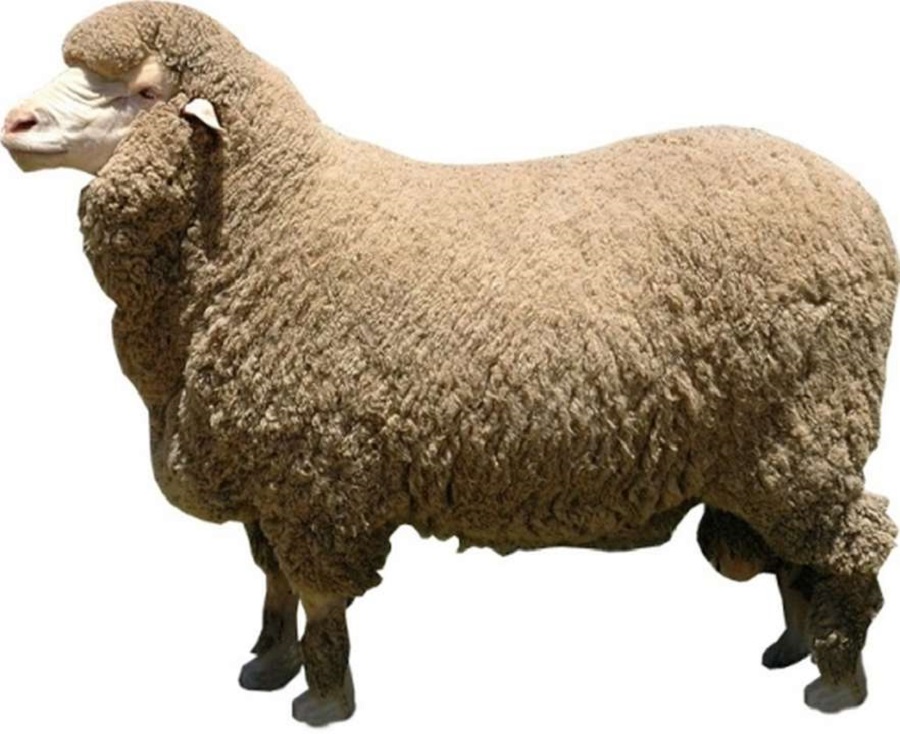
This group includes the most important and best quality of fleece, “merino wool” in the world. The best breeds of sheep for commercial fine fleece production are fine wool breeds Debouillet, Cormo, Delaine-merino, Merino, and Rambouillet, also which are all merino-based. Basically, the origin of merino wool was Spain. This breed is also found in Australia, New Zealand, South Africa, and North and South America.
Identically, merino sheep are kept in special huts in the best environment and the best feed is provided to them. Also, merino sheep are kept in dry climates where fine grass is fed to them. Further, if the climate is damp the wool tends to become coarse. Also, the main characteristics of fine wool breeds are given below.
Lustre; greenish or silver-white colour
Staple length: 1 ½”~ 5”
Fineness: 10~25 u (micron)
Crimps per inch: 14~30
Counts of spin: 60~100 Nec
Also, the best sheep breeds for direct-to-customer sales are breeds that have specialty fleeces (fleeces that are very soft, naturally colored and easy to spin) or have more demand when made into wool products like yarn.
| Fine wool bread data |
|||||
| Characteristic | Debouillet | Cormo | Delaine-Merino | Merino | Rambouillet |
| Origin | New Mexico, USA | Australia | USA | Spain, Australia, New Zealand | French |
| Fineness (micron) | 18.5~23.5 | 18~23 | 17~22 | 14.5~22 | 18.5~24 |
| Production(Kg) | 4.5~8.1 | 2.5~4 | 4~6.5 | 3~6 | 3.6~8.1 |
| Yield% | 35~50 | 50~65 | 45~54 | 65~80 | 35~55 |
| Fibre length(”) | 3~5 | 2.5~4 | 2.5~4 | 2.6~3.9 | 2~4 |
| Yarn Count range | 62~80 | 46~56 | 64~80 | 80~100 | 60~70 |
Uses:
It is used in dresses, blends, and also in fine fabrics. Also, this wool has the finest appearance. Indeed, garments made from fine wool are less feel to itch.
What is the medium wool breed?
Generally, fine wool breeds are typically anything under 17 microns up to 23 microns. While medium wool breeds are typically from 22 – 34 microns. Also, coarse fleece can be classified into 25 u and up. 22-24 microns is technically in the medium fleece category but still creates wonderful knit products. Moreover, these are found in New Zealand, Colombia, U.S.A., England and Pakistan. Markedly, this type of breed is hard and can survive under all climatic conditions. Also, sheep of these breeds are good for fleece as well as for meat. However, the medium fleece breeds the Hampshire, Shropshire, Suffolk, Southdown, Oxford, and Dorset all originated in England. Also, the most popular meat breeds in the U.S. are Cheviot, Dorset, Hampshire, Shropshire and Suffolk. Lastly, the black-faced Cheviot highland originated in Scotland.
Further, the main characteristics of medium wool breeds are.
Lustre: creamy white colour
Staple length: 2”~7”
Fineness: 25~35 u
Crimps per inch: 5~14
Counts of spin: 44~60
Uses:
It is used for suiting, knitwear, blends, tweeds, and worsted
What is the longwool breed?
The most important in this group include long-woolly sheep. Also, these are found in Pakistan, England, and India. Further, these sheep are bred in cold climates and heavy pastures and used for both meat and wool fabric. Also, the main characteristics of long wool breeds are.
Lustre: silk-like creamy colors
Staple length: 5~14”
Fineness: 35~60 micron
Crimps per inch: 1~5
Counts of spin: 36~50
Uses: it is used for heavy tweeds, overcoats, industrial fabrics, and belts.
What are carpet or mixed wool breeds?
Generally, this group includes sheep producing coarser fleece of dissimilar characteristics. Also, these sheep are found in Asia, Europe, and Russia and their fleece is used for carpets and blankets.
Indeed for carpets, coarser wools are used. Also, it is usually obtained from Romney and related breeds. Furthermore, the coarsest grade of fleece over 38 microns is used in the manufacture of carpets. Likewise, New Zealand is the world’s largest supplier of carpet wool and exports in the world. Hence, carpet fleece breeds are usually called double-coated. Also, the main characteristics of mixed wool breeds are
Lustre: mixed
Staple length: 1-2
Fineness: mixed: 35-60 micron
Crimps per inch: 1~5
Counts of spin: 20-40
Also, this breed has less strength and the least elasticity.
Uses:
It is used for carpets, rugs, blankets, betting, and also inexpensive low-grade clothing.
What is wool shearing?
The most important process of cutting off the wool fleece is called shearing of virgin wool. Also, the person doing this job is called a shearer. shearing is done twice a year all over the globe. Also, 1st shearing is done Spring season and 2nd shearing is done in Autumn. Sheep are washed one day before the shearing so that dirt grease and suint can hinder shearing.
The procedure of shearing wool
However, these are two methods used for shearing wool.
- Manual or hand clipping.
- Electric clipping.
Generally, if the no of sheep is less manual or hand clipping is done while electric clipping is used for usually clipping sheep. Machine shearing is more effective than manual shearing as it saves time, avoids injury to sheep, and the second cut to staple. In shearing first of all body wool is sheared then the head and after this leg wool is sheared.
- Firstly, the sheep should be comfortable in position in front of the shearer. Also, the best method is to hold sheep in the knees of the shearer.
- Secondly, the skin should be stretched to smooth the area of the cut.
- So, virgin wool fleece should be cut one to avoid a second cut or short fiber to reduce its pricing.
- The best wool is obtained from sheep shoulders so it collected on separate tides
- Further, the head and back give medium wool.
- Also, Leg, tail, and belly are poor-quality virgin wool and must be avoided when mixed with higher-value wool.
- Lastly, wool should be tied with wool thread to avoid any contamination.
Precautions for shearing of wool
- At first cutter and comb should be sharp and be cleaned after each sheep shared, sharp, and should properly be lubricated.
- The shearing area should be clean to avoid any second cut to wool due to any slip, free of any hinder
- Sheep must be cleaned or washed before a day but should be dry as wool tends to heat up and can be discolored.
- Most importantly should wear proper dressing and gloves to avoid any injury and any infections.
- Also, extra care should be done when shearing loose skin (around the shoulder scrotum and sheath), use your left hand to stretch the skin.
- A point often overlooked is not to create a rush procedure to increase speed. An experienced shearer can shear one sheep in l5 minutes or less, and also work out not more than 100 sheep per day.
- Another key point is not to rush through the shearing procedure in an attempt to increase speed. So, a speedy operation can cause injury or a second cut to fleece which can burn off the price of wool. Also, the cord of the shearer machine should be behind the shearer to avoid any electric shock.
- Also after shearing sheep should avoid any cold and rain until some regrow to cover.
Wool grading and qualities
Firstly, there is a vast range of qualities of wool and each quality has its specific end-use. So, if the fleece is not of good quality and is coarser fleece is used for carpets or blankets. Also, courser fleece has different varieties and specific end uses. Basically, the quality of fleece is assessed according to type, and specific qualities like strength, crimps, kemp, modulation, etc.
what is virgin wool vs Wool?
A wool that has not previously been processed or woven into the fabric is called virgin wool, whereas wool comes from the recycling of existing wool products and reuse for spinning and fabric.
Type of wool
The type of wool can be divided into the following methods of shearing.
- Clipped
- Pulled
- Tannery
- Mixed
Clipped
Generally, fleece is clipped from healthy living sheep. Further, this is the best quality fleece for spinning and dying.
Pulled
Also, wool is pulled from slaughtered sheep. So, the fleece obtained is biologically degraded. It is very hard and not used for spinning because it breaks. It is of lower quality than the first one.
Tannery
It is the wool removed from dry sheep’s skin in tanneries after lime socks. this is the poorest quality wool, less in strength, degraded, and discolored due to chemical actions. So, it is used in rough goods.
Mixed
It is a mixture of clipped and pulled fleece and also both qualities are mixed. It is of not too good quality but better than tannery wool.
Color
- White
- Yellow
- Colored
White wool
Identically, white fleece is the best quality fleece. Firstly, it can be easily colored. Also, it is not bleached and not so degraded. Lastly, it fetches a high price.
Yellow wool
Sometimes fleece colour changes to yellow due to sunlight. It is first bleached and then different shades are given. It is less expensive due to degradation after chemical actions
Coloured wool
Sometimes fleece is light grey, dark grey, or black also in color. Generally, it is used for carpets rugs, and blankets.
The staple length of wool
Basically, staple length is an important characteristic. Further, the staple length depends upon breeding. For carpets, the length is at least 2”. If the length is less than 2” it is mixed with a length of more than 2”. The length greater than 3 to 4” goes on the course side.
For example, Pakistani wool “bibrik” has a length of 1” and “kaghani” has a length of 7” depending upon the breed. Also, the average length of fleece is 2” to 3”.
Fineness of wool
Most important, fineness is the measurement of the cross-section area of the fiber and is measured in microns(u). Specifically, it depends upon breading and climate conditions according to bread in our country.
Some Pakistani breeds are as
Each variety has extreme variation due to different breeding. Due to the large no of variations in breeds, official fineness grades have been adopted.
Grading in Pakistan:
| Name grade | Fineness (micron) |
| Pak super | Below 40 |
| Pak medium | 40~45 |
| Pak coarse | Above 45 |
World Standard grading
| Name grade | Fineness (micron) |
| Super merino | 10~20 |
| Merino | 20~30 |
| Long wool | 30~60 |
| Carpet wool | 25~60 |
In general, is higher the fineness (low value of micron(u)) the finer will be the yarn made from it. Firstly, good quality fleece is used for suiting, shells. While medium fleece is used in blankets and coarse cloth. Also, coarse fleece is used in carpets rugs etc.
Strength
Shortly, the strength means tensile strength and is measured in lb/inch2. Wool has less strength as compared to other fibers. It has a strength of 17000~20000 lb./inch2. Hence, the greater the strength better be quality of the fleece. Also, Pakistani fleece has greater strength.
Kemp
Most importantly, kemp is underdeveloped chalk-like brittle wool having little strength. So, it is inferior in quality and is called kemps. Also, the presence of kemps in fleece reduces the quality. The kemps have fineness on the course side i.e. 70u. It is due to a secondary coat in some breeds of sheep, which may be mixed with good fibers. it does not accept dye and is not acceptable causing or minimising both the value and the quality. Further, Bahawalpur fleece has no kemp. Also, Sindhi and brick fleece have about 4% of kemp. The kemp wool is produced due to the breeding of sheep.
Crimps
This is the most important property of wool. Crimps are the curliness and waviness of the fiber caused during fiber growth. So, crimps are counted under a microscope and are the number of curls or bends per inch. Hence, better fleece has more no. of crimps.
Also, Wool has chemically amino acids of 36%. As well as the amino acids have a coiled type structure. When the fleece is pulled or stretched, it comes to its original position. Basically, the air is trapped in these crimps and we feel warm in winter. As well as Pakistani wool has very few crimps. While Sahiwali and Bahawalpur fleece has 1~5 crimps /inch2.
Modulation
Identically, the presence of a central cavity in fiber is called medullation. Also, the central cavity is called the medulla. However, the medulla may be continuous or interrupted. Basically, as modulation increases the strength of the fibre decreases.
In fact, the short fleece on the legs and head has greater modulation. While the body fleece has less modulation. Pakistani wool has great modulation while Kashmiri and other world have less modulation.
In the light of lesser modulation greater will the quality of the fleece. However, the modulation depends on breeding.
Elongation at break
When a fiber is subjected to a pull it will stretch to a certain degree before it breaks. Hence, this phenomenon is called elongation at break.
Likewise, elongation at break % =extension length/original length*100
Also, the fleece fiber has an elongation at a break of 2.5~3.5% under standard atmospheric conditions.
Yield and clean wool content
After the shearing of fleece, additionally, the fleece has a lot of impurities. Basically, it has dust, sand, vegetable metals, salt, and wax. Also, if these quantities are in excess the fleece will be lesser in quality. The most important of these is fleece wax. The fleece is greasy because this wax
For determination of the impurities and wax, first, the sample is weighed then soda ash and detergents are added. As a result, vegetable metals and some sort of fatty metals are released after it is a solvent-extracted fleece. Hence, wax is dissolved in ether and boiled about 3~4 times. Also, wax is dissolved in the ether which is separated. But, after some time ether is evaporated and fleece wax is obtained which is weighed. Hence the purity of fleece is obtained. Finally, if the pure fleece is greater in quality it is best in grade.
Fine fleece has more impurities than courser fleece. As merino has more than 50% of impurities and waxes. Additionally, the remaining pure wax is used in cosmetics and hair creams.
| Type | Fat and wax | Sand and dirt | Vegetable matter | Wool fiber |
| Fine | 21-50 | 5-45 | 0.5~2 | 20-50 |
| Medium | 15-30 | 5-22 | 1.5 | 40-60 |
| Long | 6-16 | 4-12 | 0.2 | 60-85 |
However, purity depends upon breeding. i.e.Sindh fleece has impurities of 0.1% and Kandahar has about 11% impurities.
